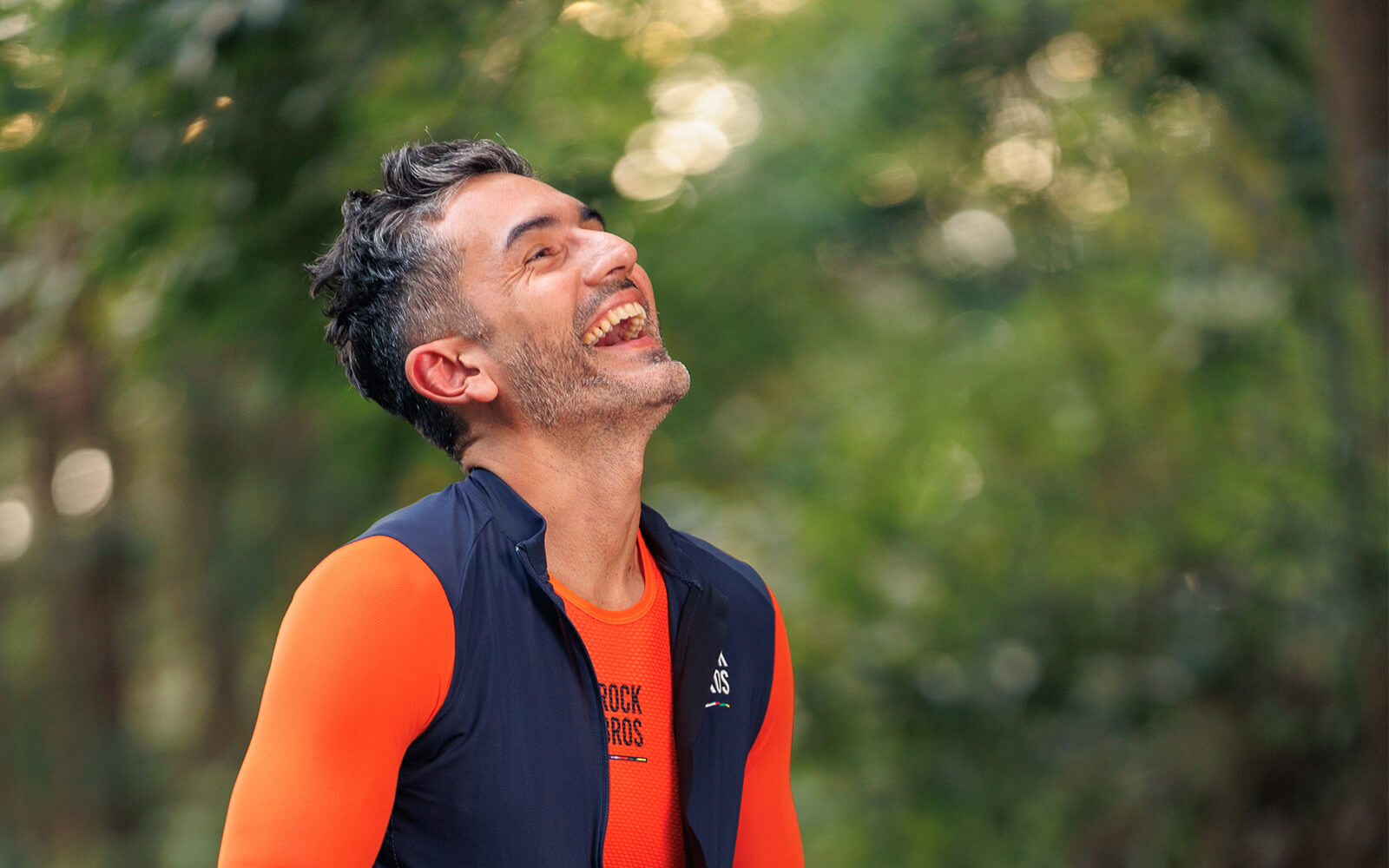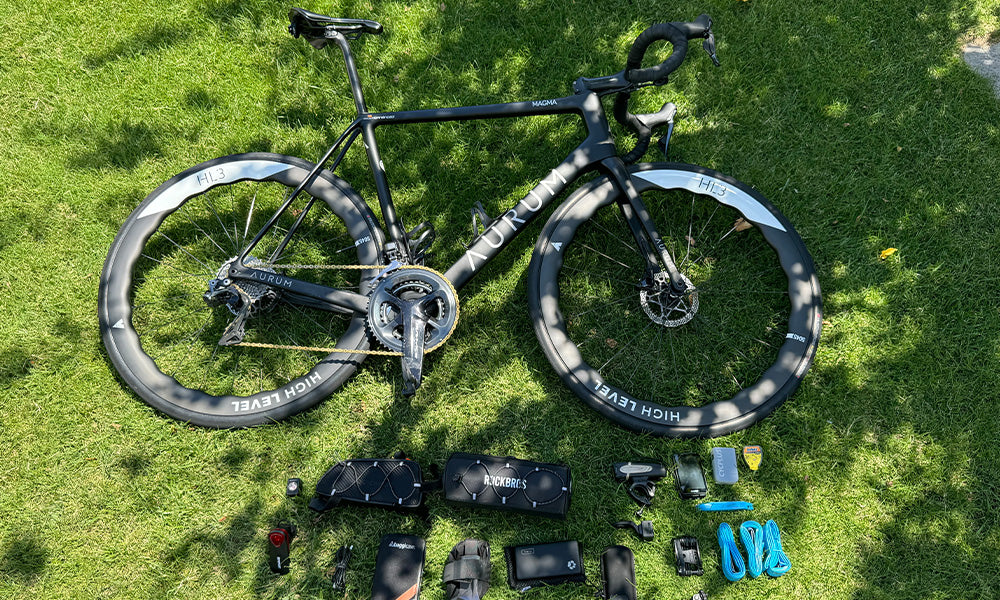Spring Cycling Tips

Spring is a season full of vitality and hope, making it the perfect time to connect with nature. Cycling, as a healthy and eco-friendly mode of travel, is one of the best ways to interact with nature in spring.
1. Preparations Before Cycling
To ensure a safe and comfortable ride, proper preparation is essential:
-
Check Your Bike: Make sure the brakes and gear system are functioning properly, tire pressure is adequate, and the chain is well-lubricated.
-
Wear Proper Gear: Equip yourself with a helmet, gloves, knee pads, and breathable, windproof cycling apparel.
-
Bring Essential Items: Carry water, energy snacks, and basic repair tools such as a pump and tire patch kit.
-
Warm-Up Exercises: Stretch and loosen your joints before riding to improve flexibility and reduce the risk of injury.
2. Admiring Nature’s Beauty
Spring is a time of renewal, and the scenery along your cycling route unfolds like a moving painting. Forsythia, cherry blossoms, and peach blossoms bloom in succession, lush green meadows host playful animals, and birds sing joyfully in the trees. These sights constantly change as you ride, offering endless visual delight. Interacting with nature is not just about observing—it’s about feeling the rhythm of life and the transition of seasons.
3. Cycling Power Techniques
Mastering the right pedaling techniques can improve efficiency and reduce fatigue or injury risks:
-
Maintain a Steady Cadence: Aim for 70-90 pedal revolutions per minute to avoid excessive reliance on thigh muscles.
-
Engage Your Core Muscles: Use your core to stabilize your body rather than solely depending on your legs, which helps reduce knee pressure.
-
Use Proper Gearing: Shift to a lower gear when climbing to avoid excessive strain, and control your speed on descents without overusing brakes.
-
Adopt a Good Riding Posture: Keep your back relaxed, elbows slightly bent, and maintain a suitable upper body angle to reduce wind resistance and muscle fatigue.
4. Handling Knee Pain or Other Discomfort While Cycling
Long rides can sometimes cause fatigue or localized discomfort, especially in the knees and lower back.
-
Knee Pain: This may be due to improper saddle height, low cadence, or uneven exertion. Adjust the seat to an appropriate height, maintain a steady cadence, and strengthen your quadriceps.
-
Lower Back Discomfort: This is often caused by poor posture or weak core muscles. Adjust the handlebar height accordingly and work on core strengthening exercises.
-
Wrist or Shoulder Pain: This may result from gripping the handlebars too tightly or incorrect posture. Keep your shoulders relaxed, grip lightly, and change hand positions periodically.
-
Leg Cramps: Usually caused by dehydration or electrolyte imbalance. Drink enough water and replenish magnesium and sodium before riding.
-
Muscle Stiffness: After riding, stretch your quadriceps, hamstrings, and calf muscles to aid recovery.
5. Feeling the Breeze and Sunshine
Spring breezes are neither as biting as winter winds nor as stifling as summer heat. The fresh air they carry makes cycling invigorating. Sunlight filters through the leaves, casting dappled patterns on the ground that dance along with your wheels. This unique experience can only be fully appreciated through direct interaction with nature.
6. Discovering Hidden Surprises
Cycling gives you the chance to explore areas that might otherwise go unnoticed. A secluded country road, a tranquil lake, or an unassuming forest path might hide spring’s best-kept secrets—a patch of wildflowers still in bloom, or a bird busily building its nest. These small but delightful surprises are nature’s unique gifts to cyclists.
7. Connecting with Nature and Relaxing the Mind
Modern life is fast-paced and stressful, but cycling offers a perfect way to unwind. Listen to the sound of the wind, inhale the earthy scent of grass and soil, and disconnect from digital distractions. Being present in the moment, you may feel as if you are having a silent conversation with nature. This inner peace and contentment are what make cycling so appealing to many.
8. Protecting the Environment and Coexisting with Nature
Cycling is not just a mode of transportation—it’s a statement of an eco-friendly lifestyle. Interacting with nature means more than just enjoying its beauty; it also involves respecting and preserving it. During spring rides, take your trash with you, reduce carbon emissions, and protect wildlife habitats to foster a more harmonious relationship between people and nature.
Conclusion
Spring cycling is not only an interaction with nature but also a dialogue with your inner self. Hop on your bike, slow down, and immerse yourself in the wonders of nature. Discover, experience, and cherish the beauty of spring!








Hinterlassen Sie einen Kommentar